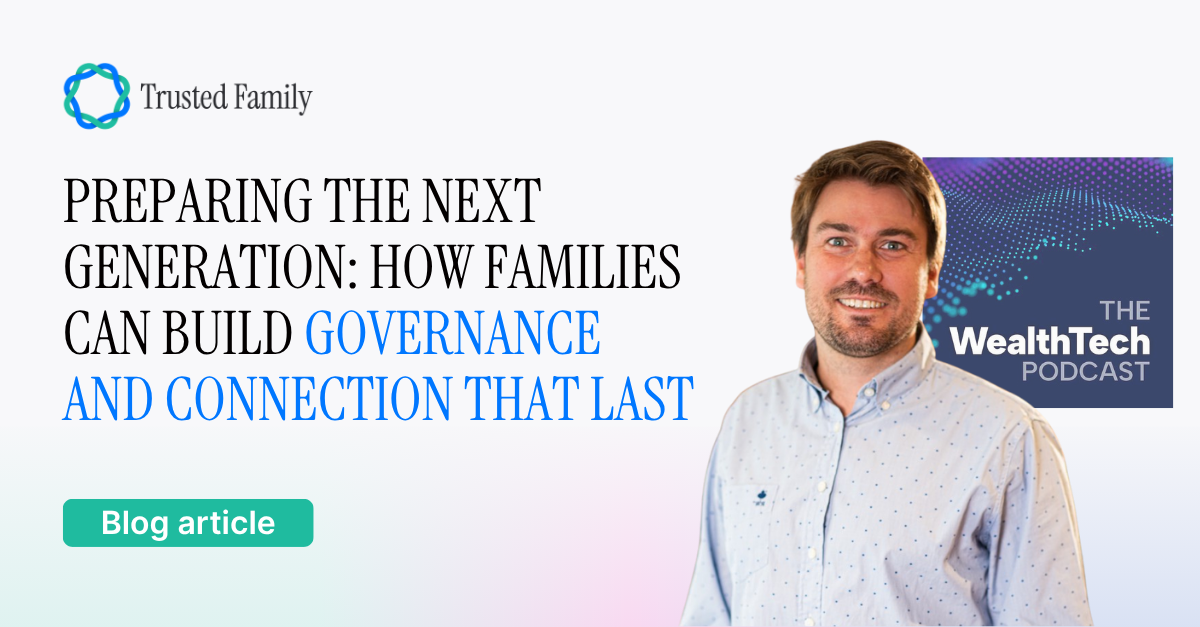
Involving the next generation on the boards of directors of a family business is a valuable strategy to foster their commitment, align them with strategic objectives, and ensure business continuity. However, this initiative presents advantages and challenges, and requires adequate preparation.
Advantages of inviting the next generation to boardrooms
- Commitment and Sense of Belonging
Involving them strengthens their connection to the company, cultivating a sense of responsibility and belonging that can be key to generational continuity. - Fresh and Renewed Perspectives
New generations often bring innovative ideas, an understanding of technological trends, and sensitivity to emerging issues such as sustainability, diversity, and inclusion. - Knowledge Transfer
Experienced board members are exposed to strategic decision-making and allow them to understand the complexities of the business. - Leadership Development
Direct experience on the board develops leadership, communication, negotiation, and decision-making skills. - Facilitates Succession
Having firsthand knowledge of how the company operates and its governance reduces friction and ensures a smoother transition when the time comes to assume leadership roles.

Challenges for this Initiative
- Lack of Experience
Younger members may lack the preparation or knowledge necessary to contribute meaningfully to strategic discussions. - Generational Conflicts
Differences in values, approaches, or work styles between generations can create tension in meetings. - Resistance from the Current Generation
Some established leaders may perceive the involvement of the new generation as a threat or premature change. - Imbalance in Governance
If not managed properly, there can be confusion about the roles and boundaries of each member, especially if young people are more emotionally involved than professionally. - Lack of Clarity in Expectations
Failing to clearly define the purpose of their participation can lead to frustration for both young people and current managers.

Preparing the Family Business
- Establish a Structured Process
Create clear criteria for board participation, such as academic qualifications, prior experience, or involvement in other roles within the company. - Education and Mentoring
Provide training in corporate governance, business strategy, and finance. Provide them with a mentor, either family or external, to guide their growth. - Design a Gradual Integration Program
Start with observer roles so they understand the board dynamics before assuming active responsibilities. - Promote Intergenerational Respect
Facilitate dialogue between generations, promoting a culture of respect and openness to different perspectives. - Define Roles and Responsibilities
Establish clear expectations for their participation, ensuring that their role on the board is not confused with an operational or managerial role. - Communicate the Purpose of the Initiative
Clarify to all members of the company and the board why it is important to involve the next generation, aligning the organization around this vision.

Conclusion
Involving the next generation on boards of directors is not only an investment in the future of the family business, but also an opportunity to build a solid bridge between today and tomorrow. With proper preparation, companies can tap into the enthusiasm and innovative ideas of young people while passing on the values, vision, and wisdom of previous generations.
Trusted Family can play a key role in the process of engaging the next generation on boards of directors.
1. Facilitate education and training
- Centralized access to training resources
Trusted Family enables the sharing and organization of educational materials, such as governance manuals, business strategy guides, financial reports, and training videos, helping next-generation members prepare for their board roles. - Webinars and virtual training
The platform can be used to organize online seminars and workshops on key topics such as strategic decision-making, financial analysis, and conflict management.
2. Promote intergenerational communication
- Digital spaces for debates and collaborations
Trusted Family provides tools for members of different generations to interact outside of formal meetings, share ideas, and work together on projects.
- Personalized notifications and regular updates
This ensures that all members are informed about important decisions and progress, fostering a sense of inclusion and belonging.
3. Ensure transparency and clarity in governance
- Accessible documentation
The platform allows all family members to access meeting minutes, policies, and governance bylaws, helping to establish a clear framework of roles and responsibilities. - Shared calendars and agendas
By providing a clear overview of meeting schedules and topics to be discussed, the platform ensures that the next generation is always prepared to contribute.
4. Create a safe environment for initial participation
- Roles of digital observers
Trusted Family can offer spaces where youth can virtually attend board meetings as observers, helping them become familiar with the dynamics without immediate pressure to actively participate. - Tracking progress
The platform can be used to record young people's contributions and learning, allowing leaders to assess their readiness and adjust their participation gradually.
5. Strengthen the emotional bond with the company
- Spaces to share family history and vision
Trusted Family allows you to store and share content about your family's values, history, and vision, helping the next generation connect emotionally with your family legacy. - Celebrating family milestones
The platform can be used to recognize and celebrate young people's achievements in their new roles, reinforcing their motivation and commitment.
6. Efficient conflict management
- Record of clear decisions and policies
Having access to a history of previous decisions and agreements helps resolve misunderstandings and conflicts objectively. - Facilitation of structured dialogue
Trusted Family tools can be used to moderate discussions and ensure all members have a voice in a constructive environment.
Trusted Family acts as a digital bridge that integrates the next generation into strategic decision-making in a structured, transparent, and collaborative manner. The platform helps reduce intergenerational barriers, facilitates learning, and ensures the family business is future-ready while preserving its legacy.


















